
Find Help
More Items From Ergsy search
-
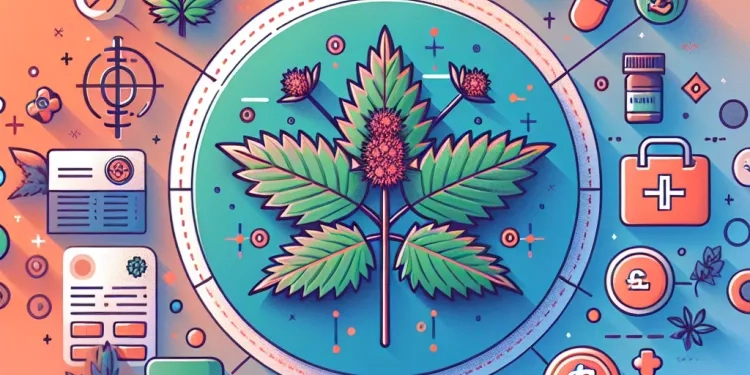
What causes nettle rash?
Relevance: 100%
-
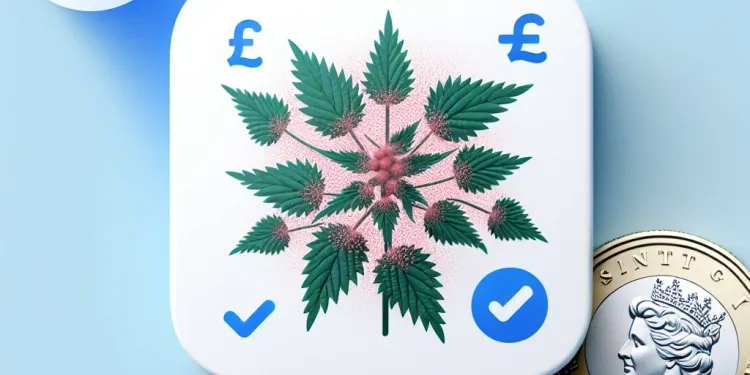
Nettle Rash
Relevance: 93%
-

Nettle rash
Relevance: 93%
-

Is nettle rash related to nettle plants?
Relevance: 90%
-
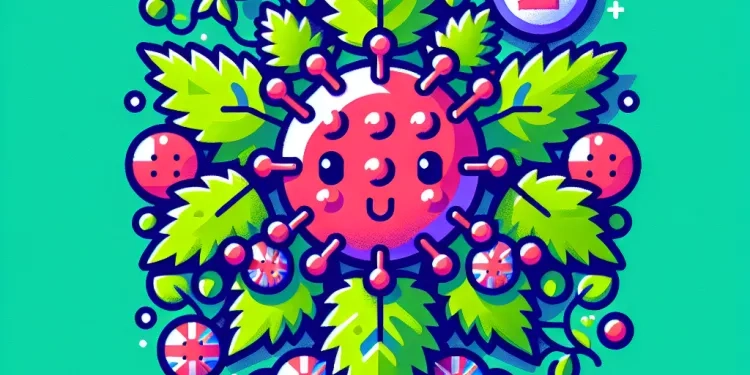
What is nettle rash?
Relevance: 90%
-

Is nettle rash contagious?
Relevance: 89%
-

Can nettle rash be prevented?
Relevance: 86%
-
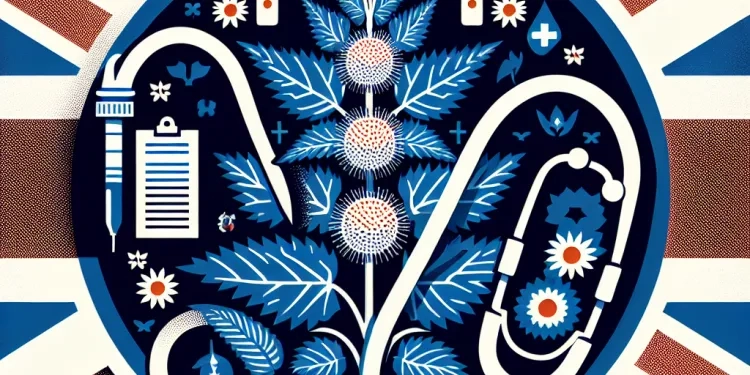
How is nettle rash diagnosed?
Relevance: 84%
-
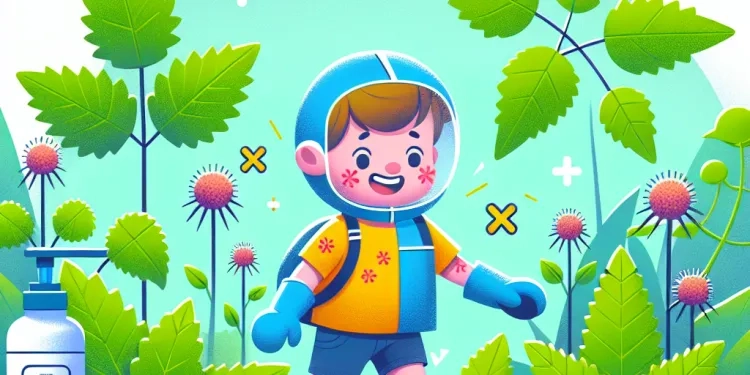
Can children get nettle rash?
Relevance: 83%
-

How can nettle rash be treated?
Relevance: 82%
-

What are common symptoms of nettle rash?
Relevance: 82%
-

What are potential complications of nettle rash?
Relevance: 82%
-

Does stress contribute to nettle rash?
Relevance: 81%
-

How long does nettle rash last?
Relevance: 80%
-

Are there any home remedies for nettle rash?
Relevance: 79%
-

When should I see a doctor for nettle rash?
Relevance: 79%
-

What foods can trigger nettle rash?
Relevance: 79%
-
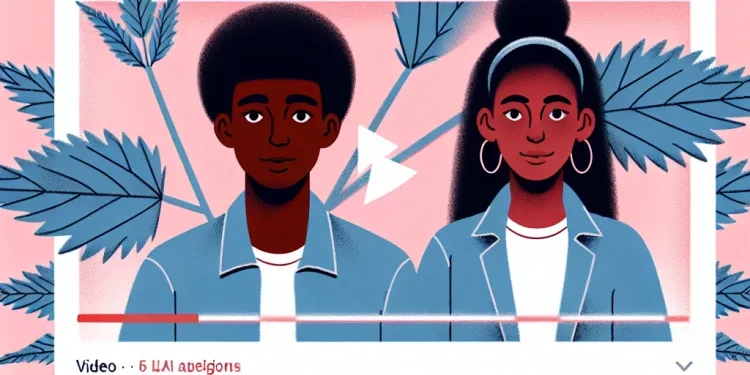
Can nettle rash spread from person to person?
Relevance: 78%
-
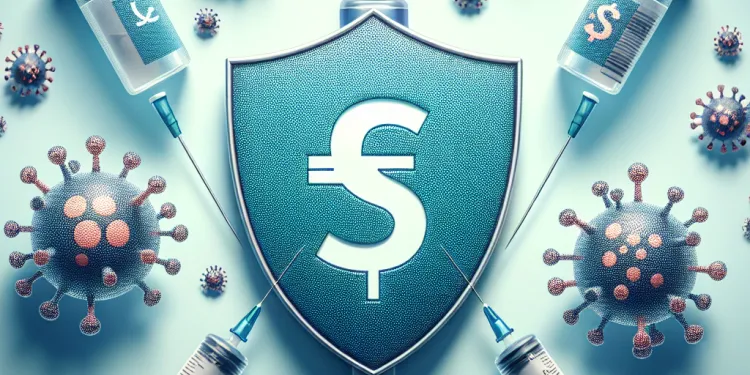
Can the shingles vaccine cause chickenpox?
Relevance: 29%
-
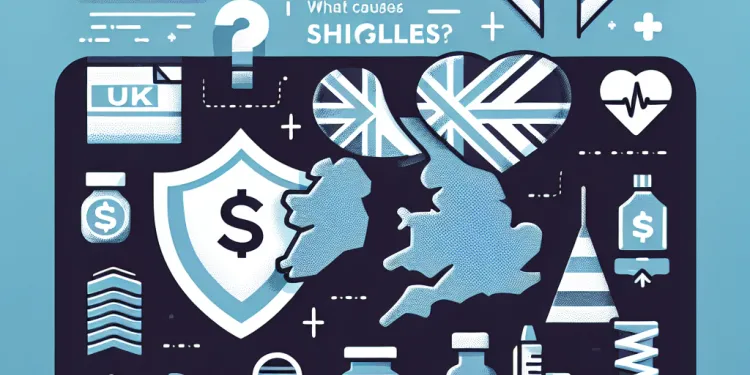
What causes shingles?
Relevance: 26%
-

What causes shingles?
Relevance: 24%
-

Can the shingles vaccine cause chickenpox?
Relevance: 24%
-

Do all plants produce pollen that causes hay fever?
Relevance: 23%
-

Does Ozempic cause allergic reactions?
Relevance: 23%
-

What problems is Ozempic known to cause?
Relevance: 23%
-

Can measles cause complications?
Relevance: 22%
-
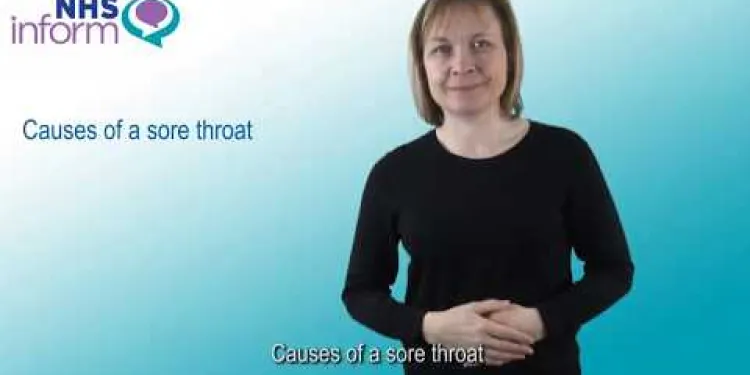
Causes of a sore throat
Relevance: 20%
-

What causes lupus in children?
Relevance: 20%
-

What causes autism?
Relevance: 20%
-
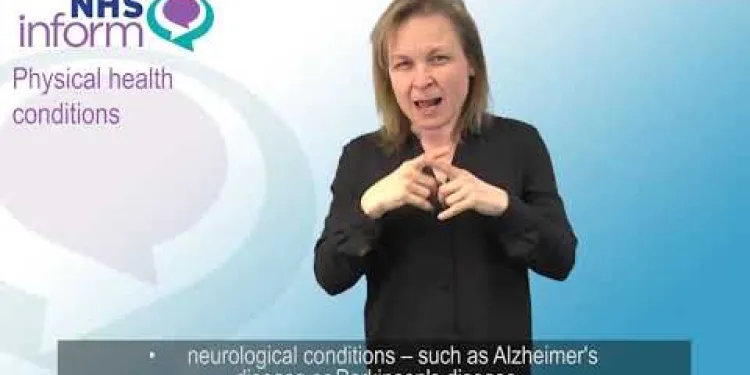
BSL - Causes of insomnia
Relevance: 20%
-

What causes asthma?
Relevance: 20%
-

What causes appendicitis?
Relevance: 20%
-

What causes eczema?
Relevance: 20%
-
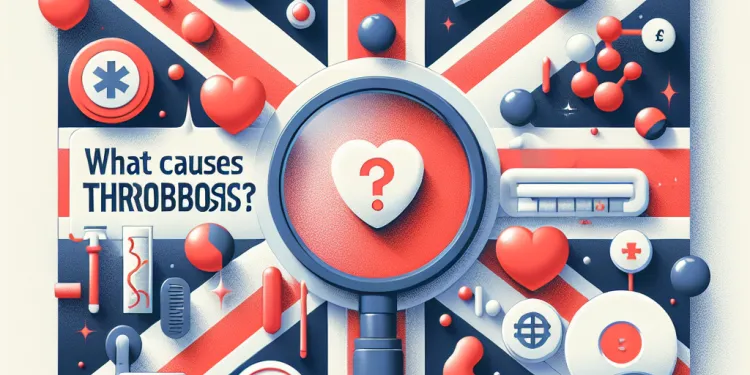
What causes thrombosis?
Relevance: 20%
-

What causes ADHD?
Relevance: 20%
-

What are the symptoms of shingles?
Relevance: 20%
-

What causes obesity?
Relevance: 19%
-

What causes sunburn?
Relevance: 19%
-
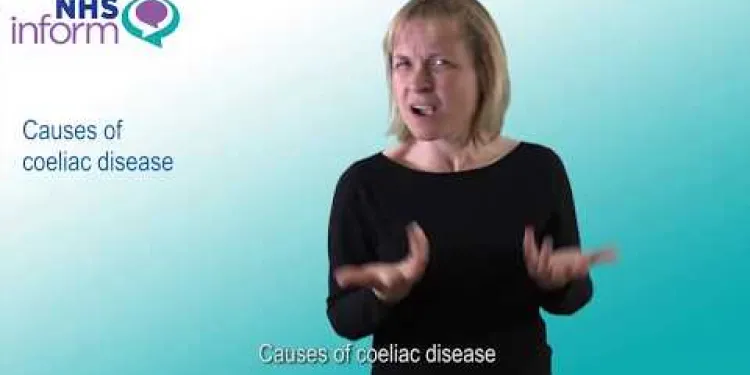
Causes of coeliac disease
Relevance: 19%
-

What causes psoriasis?
Relevance: 19%
Nettle Rash: Causes and Insights
Understanding Nettle Rash
Nettle rash, also known as urticaria or hives, is a skin condition characterized by red, itchy welts that appear and disappear sporadically. These welts can vary in size and may join to form larger areas. The condition is common and affects people of all ages. It can be acute, lasting less than six weeks, or chronic if it persists longer.Common Causes
Allergic Reactions: Nettle rash is often a result of allergic reactions. Common allergens include certain foods like nuts, shellfish, eggs, and milk. Some individuals react to medications such as antibiotics or anti-inflammatory drugs. Environmental Triggers: Contact with plants, particularly stinging nettles, can provoke a rash. Pollen, animal dander, insect bites, or stings may also trigger hives. Temperature changes, sunlight exposure, or pressure on the skin can sometimes lead to flare-ups, especially in people with sensitive skin.Immune Response
When an allergen enters the body or contacts the skin, the immune system may overreact by releasing histamines and other chemicals. These compounds cause blood vessels to leak, leading to the swelling and redness associated with nettle rash.Non-Allergic Causes
Certain conditions can trigger hives without an allergic reaction. Stress and anxiety are known contributors. Additionally, infections such as colds or urinary tract infections, and chronic illnesses like lupus or thyroid disease, can manifest as hives. Sometimes, the exact cause remains unknown.Preventive Measures
For individuals prone to nettle rash, avoiding known triggers is crucial. This might include dietary changes or managing exposure to allergens, like pollen, where possible. Wearing loose clothing and using gentle, non-irritating soaps can also help minimize outbreaks.Conclusion
Understanding and identifying the cause of nettle rash is essential for effective management. While it can be stressful, most cases resolve without medical intervention. However, persistent or severe cases warrant a visit to a healthcare professional for appropriate treatment.Nettle Rash: Causes and Insights
What is Nettle Rash?
Nettle rash is when your skin gets red and itchy bumps. These bumps are called hives. They come and go and can be big or small. People of all ages can get it. Sometimes it lasts a few days, but it can also last a long time.Why Do People Get Nettle Rash?
Allergic Reactions: Nettle rash often happens because of allergies. Foods like nuts, shellfish, eggs, and milk can cause it. Some medicines like antibiotics can also trigger hives. Environmental Triggers: Things from the environment can make your skin react too. Touching plants like stinging nettles, or things like pollen, animal hair, or bug bites, can cause hives. Being in the sun, hot or cold weather, or wearing tight clothes might give you a rash if your skin is sensitive.How the Body Reacts
When something you're allergic to gets into your body, your body tries to fight it. This can make your skin swell and turn red. This is because your body releases special chemicals that make this happen.Other Reasons for Hives
Sometimes, hives come without allergies. Stress or worrying can cause them. Also, being sick with a cold or other illnesses might bring them on. Sometimes it's hard to know why they happen.How to Prevent Nettle Rash
If you often get nettle rash, try to stay away from things that make it worse. This could mean changing what you eat or keeping away from allergens like pollen. Wearing loose clothes and using gentle soap can help too.Final Thoughts
Knowing what causes your nettle rash can help you manage it better. Most of the time, it goes away by itself. But if it lasts a long time or is very bad, see a doctor who can help.Frequently Asked Questions
What is nettle rash?
Nettle rash, also known as urticaria or hives, is a skin reaction characterized by red, itchy welts that can appear anywhere on the body.
What commonly causes nettle rash?
Common causes of nettle rash include allergic reactions to foods, medications, insect bites, or exposure to external irritants like chemicals or pollen.
Can certain foods trigger nettle rash?
Yes, foods such as nuts, shellfish, eggs, and certain fruits can trigger an allergic reaction leading to nettle rash in some people.
Are insect bites a cause of nettle rash?
Yes, insect bites, particularly from insects like mosquitoes, bees, and wasps, can cause a localized nettle rash.
Can stress lead to nettle rash?
Stress can be a contributing factor for some individuals, as it may exacerbate pre-existing conditions or trigger skin reactions in sensitive individuals.
Is exposure to cold or heat a trigger for nettle rash?
Yes, some people experience nettle rash from exposure to extreme temperatures, either cold or heat, as their skin reacts to sudden changes.
How does medication cause nettle rash?
Some medications, like antibiotics, aspirin, or ibuprofen, can cause nettle rash as a side effect due to an allergic reaction to the active ingredients.
Can nettle rash occur without a clear cause?
Yes, in many cases the exact cause of nettle rash is not identified, a condition called idiopathic urticaria, where the rash appears spontaneously without a clear trigger.
Do pollen and hay fever contribute to nettle rash?
Yes, exposure to pollen can trigger allergic reactions in people with hay fever, potentially leading to nettle rash.
Can latex cause nettle rash?
Yes, contact with latex can lead to an allergic reaction in susceptible individuals, resulting in nettle rash.
Is it possible for pets to trigger nettle rash?
Yes, pet dander or fur can trigger allergic reactions, including nettle rash, in people who are sensitive to these allergens.
Are there specific plants that can cause nettle rash?
Yes, contact with certain plants, such as stinging nettles or poison ivy, can cause a localized skin reaction similar to nettle rash.
Is nettle rash contagious?
Nettle rash itself is not contagious, but underlying conditions causing the rash, such as a viral infection, might be.
How can you differentiate nettle rash from other skin conditions?
Nettle rash typically presents as raised, red, itchy welts that can vary in size and shape. Unlike other skin conditions, the welts from nettle rash can appear and fade quickly.
What should you do if you suspect nettle rash is due to an allergy?
If you suspect an allergy is causing nettle rash, it's important to identify the trigger and avoid it. Over-the-counter antihistamines can help manage symptoms, but consulting with a healthcare professional is recommended for persistent cases.
What is nettle rash?
Nettle rash is a skin problem. It makes your skin red and itchy. It looks like small bumps or patches. It can happen after touching stinging nettles, but other things can cause it too. If you have nettle rash, you should tell an adult. They can help you feel better.
Helpful Tips:
- Wear gloves when outside to protect your skin.
- Use cool cloths on the rash to feel better.
- If it hurts a lot, ask an adult for some cream.
Nettle rash, also called hives, is a skin problem. It shows up as red, itchy bumps that can appear anywhere on your body.
What makes nettle rash happen?
Here are some things that can cause nettle rash:
- Touching nettle plants.
- Eating some foods that your body doesn't like.
- Insect bites.
- Allergies, like to pets or dust.
If you get a nettle rash, you can:
- Put cool water on the rash.
- Ask an adult for cream to help stop the itch.
- Try not to scratch it too much.
It's good to ask a doctor if the rash doesn't go away.
Nettle rash can happen for a few common reasons. You might get it if you are allergic to some foods or medicines. Insect bites can also cause it. Sometimes, touching things like chemicals or pollen can make the rash appear.
Can some foods cause nettle rash?
Yes, some people can get a skin rash from eating certain foods. These foods include nuts, shellfish, eggs, and some fruits.
Can insect bites cause nettle rash?
Sometimes when an insect bites, it can make your skin red and itchy. This is called a rash.
If you get a rash after an insect bite, you can:
- Wash the bite area with soap and water.
- Put a cool cloth on the rash to feel better.
- Ask an adult for cream to help stop itching.
If the rash does not go away, tell an adult or see a doctor.
Yes, bug bites can give you red, itchy skin. This can happen if you are bitten by bugs like mosquitoes, bees, or wasps.
Can stress make you get itchy bumps on your skin?
Stress might make things worse for some people. It can make health problems stronger or cause skin problems if someone is sensitive.
Can being cold or hot cause nettle rash?
Nettle rash is also called hives. It is when your skin gets red and itchy bumps.
Sometimes, being too cold or too hot can make nettle rash happen.
Here are some tips to help:
- Wear clothes that keep you warm in the cold.
- Stay cool indoors when it's hot outside.
- If you feel itchy, try not to scratch. Tell a grown-up if it happens.
- A doctor might give you medicine to help.
Yes, some people can get a nettle rash when it's very hot or very cold. Their skin gets upset because of the quick change in temperature.
Tip: If you get a rash, you can try using a cold or warm cloth to make it feel better.
How can medicine cause a nettle rash?
Sometimes, taking medicine can make your skin itchy and red. This is called a nettle rash. It looks like a lot of small bumps on your skin.
Here's why this can happen:
- Your body thinks the medicine is bad and tries to fight it.
- This makes your skin react and get bumpy and itchy.
If you get a rash from medicine, tell an adult. They can help you feel better or talk to a doctor for you.
Here are some ways to help:
- Use cool water or a damp cloth to soothe your skin.
- Ask an adult about a gentle cream you can use.
Always remember, it's important to get help from an adult if your skin feels itchy or hurts.
Some medicines, like antibiotics, aspirin, or ibuprofen, can cause a rash called nettle rash. This happens because some people are allergic to what's in the medicine.
Can you get a nettle rash without knowing why?
Yes, sometimes doctors don't know why nettle rash happens. This is called idiopathic urticaria. It means the rash shows up without a known reason.
Can pollen and hay fever cause a skin rash?
Some people might get a rash from pollen or hay fever. This rash can be itchy and like nettle stings.
If you have a rash, try these tips:
- Use a gentle cream on your skin.
- Stay away from things that make you sneeze, like pollen.
Talking to a doctor can also help. They can give you more advice on feeling better.
Yes, pollen can make people with hay fever feel sick. It can also give them itchy red bumps on their skin.
Can latex cause skin rash?
Yes, touching latex can cause an allergy. Some people might get a skin rash like nettle rash when they touch it.
Can pets cause nettle rash?
Nettle rash is a skin problem that makes you itchy. It gets bumpy and red.
Sometimes, pets like cats and dogs can carry things that might make nettle rash worse. It could be their fur or something they have on their paws.
If you have nettle rash, it's good to talk to a doctor. They can help you figure out what to do next.
You can also ask an adult to help you check your pet. Make sure they are clean and brushed regularly.
If touching your pet makes your skin itchy, try wearing gloves. You can also wash your hands after petting them.
Yes, pet fur can make some people itch or break out in a rash. This happens if they are allergic to pets.
What plants can give you a nettle rash?
Some plants can make your skin itchy. This is called a nettle rash.
If you get a rash, you can:
- Wash your skin with soapy water.
- Put a cool cloth on it.
- Ask an adult, like a parent or teacher, for help.
Yes, touching some plants, like stinging nettles or poison ivy, can make your skin itchy and red.
Can you catch nettle rash from someone else?
Nettle rash, also called hives, makes your skin red and itchy. But don't worry, you can't catch it from another person. It is not like a cold or the flu. If you get nettle rash, it might be because of allergies, stress, or something that touched your skin.
It's always good to tell a grown-up if you have nettle rash. They can help to make it better. You can try using a cool cloth on your skin or taking a warm bath to feel more comfortable.
Nettle rash is not something you can catch from someone else. But sometimes, the reason you get a rash, like having a virus, can spread to others.
How can you tell nettle rash apart from other skin problems?
Nettle rash, also called hives, makes your skin itchy and bumpy. Here is how you can tell it from other skin issues:
- Nettle rash can show up quickly, like in minutes or hours.
- It can look like small, raised bumps or large, flat, red areas.
- The rash might move around on your body.
- Itching is usually the main symptom.
To help understand more about nettle rash, you can:
- Use pictures to compare your skin to nettle rash.
- Ask a grown-up or a doctor for help.
- Use apps or websites with voice reading features to listen to info.
Nettle rash looks like red, itchy bumps on your skin. They can be big or small and come in different shapes. These bumps can show up and go away fast.
What to Do if You Think a Nettle Rash is from an Allergy
If you think your rash from nettles is because of an allergy, here’s what you can do:
1. Tell an Adult: Talk to a grown-up about how you feel.
2. See a Doctor: A doctor can check your rash and tell you more.
3. Be Careful: Try to stay away from things that might give you a rash.
You can use simple ways to explain how you feel, like drawing or using picture cards.
If you think an allergy is giving you a rash, try to find out what is causing it and stay away from it. Medicines called antihistamines can help with the rash. You can buy them without a prescription. But if the rash won't go away, it's a good idea to talk to a doctor.
Useful Links
- Ergsy carfully checks the information in the videos we provide here.
- Videos shown by Youtube after a video has completed, have NOT been reviewed by ERGSY.
- To view, click the arrow in centre of video.
- Most of the videos you find here will have subtitles and/or closed captions available.
- You may need to turn these on, and choose your preferred language.
- Go to the video you'd like to watch.
- If closed captions (CC) are available, settings will be visible on the bottom right of the video player.
- To turn on Captions, click settings .
- To turn off Captions, click settings again.
More Items From Ergsy search
-

What causes nettle rash?
Relevance: 100%
-

Nettle Rash
Relevance: 93%
-

Nettle rash
Relevance: 93%
-

Is nettle rash related to nettle plants?
Relevance: 90%
-

What is nettle rash?
Relevance: 90%
-

Is nettle rash contagious?
Relevance: 89%
-

Can nettle rash be prevented?
Relevance: 86%
-

How is nettle rash diagnosed?
Relevance: 84%
-

Can children get nettle rash?
Relevance: 83%
-

How can nettle rash be treated?
Relevance: 82%
-

What are common symptoms of nettle rash?
Relevance: 82%
-

What are potential complications of nettle rash?
Relevance: 82%
-

Does stress contribute to nettle rash?
Relevance: 81%
-

How long does nettle rash last?
Relevance: 80%
-

Are there any home remedies for nettle rash?
Relevance: 79%
-

When should I see a doctor for nettle rash?
Relevance: 79%
-

What foods can trigger nettle rash?
Relevance: 79%
-

Can nettle rash spread from person to person?
Relevance: 78%
-

Can the shingles vaccine cause chickenpox?
Relevance: 29%
-

What causes shingles?
Relevance: 26%
-

What causes shingles?
Relevance: 24%
-

Can the shingles vaccine cause chickenpox?
Relevance: 24%
-

Do all plants produce pollen that causes hay fever?
Relevance: 23%
-

Does Ozempic cause allergic reactions?
Relevance: 23%
-

What problems is Ozempic known to cause?
Relevance: 23%
-

Can measles cause complications?
Relevance: 22%
-

Causes of a sore throat
Relevance: 20%
-

What causes lupus in children?
Relevance: 20%
-

What causes autism?
Relevance: 20%
-

BSL - Causes of insomnia
Relevance: 20%
-

What causes asthma?
Relevance: 20%
-

What causes appendicitis?
Relevance: 20%
-

What causes eczema?
Relevance: 20%
-

What causes thrombosis?
Relevance: 20%
-

What causes ADHD?
Relevance: 20%
-

What are the symptoms of shingles?
Relevance: 20%
-

What causes obesity?
Relevance: 19%
-

What causes sunburn?
Relevance: 19%
-

Causes of coeliac disease
Relevance: 19%
-

What causes psoriasis?
Relevance: 19%


